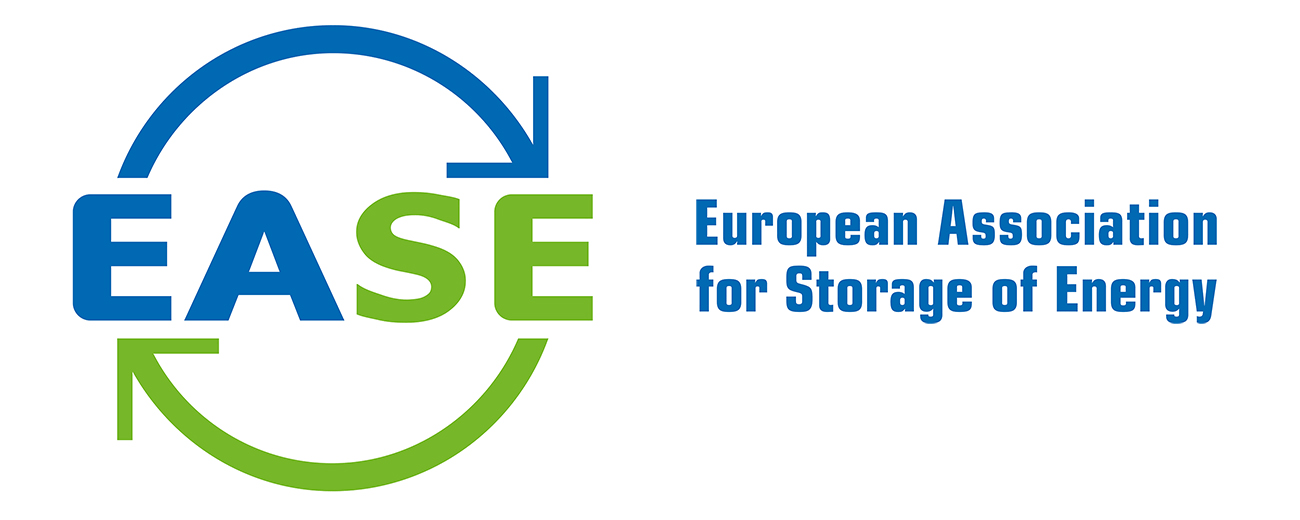
Energy Storage NL and its European Association EASE, welcome the EU Commission’s Working Document on Energy Storage, which complements the “Clean Energy for All Europeans” Package. The European Commission recognises the value of energy storage as a source of system flexibility, and the subsequent need for a wide range of energy storage technologies capable of providing multiple services to the energy system.
Four principles supporting the market development of energy storage
Most importantly, ESNL and EASE support the document’s articulation of four principles supporting the market development of energy storage to overcome current market imperfections and barriers, namely:
- allowing the full participation of energy storage in electricity markets
- ensuring adequate remuneration for services provided by energy storage devices and equal treatment vis-à-vis other providers of flexibility
- supporting sectorial integration of energy storage, e.g. through chemical storage, in order to integrate higher amounts of decarbonised, variable renewable energy sources and to foster energy security and
- enabling the full deployment of decentralised storage through a non-discriminatory regulatory framework.
These principles should be enshrined in the provisions of the electricity market design legislation.
Energy storage should be recognised as the 4th element of the energy system
Indeed, the market design legislative proposals in the context of the “Clean Energy for All Europeans” Package do support the cost-efficient use of energy storage solutions across the energy system. In particular, EASE welcomes the clear definition for energy storage in the regulatory framework. EASE calls upon EU legislators to go further by establishing energy storage as a separate asset class, as called for by the European Parliament in autumn 2016. Energy storage should be recognised as the 4th element of the energy system (alongside generation, distribution/transmission and consumption). This would prevent energy storage from being classified as generation or as consumption – or as both. Such a status would eliminate the unwarranted double charging (including levies and taxes) that energy storage facilities often face.
Future research & innovation needs for energy storage
Finally, the document highlights the importance of investment in research and innovation (R&I) to achieve further cost decreases and efficiency improvements for storage technologies. EASE supports this view and is working to identify future R&I needs for energy storage and provide policy recommendations through the EASE-EERA Energy Storage Technology Development Roadmap.